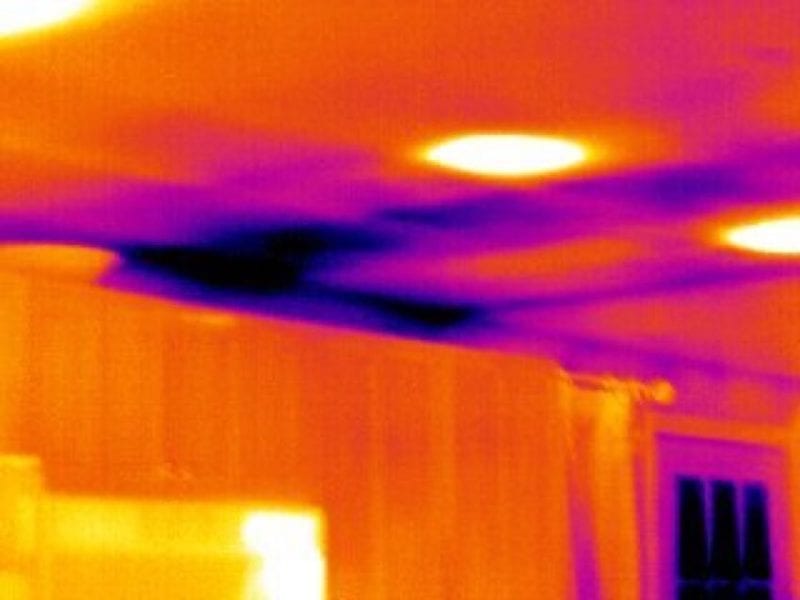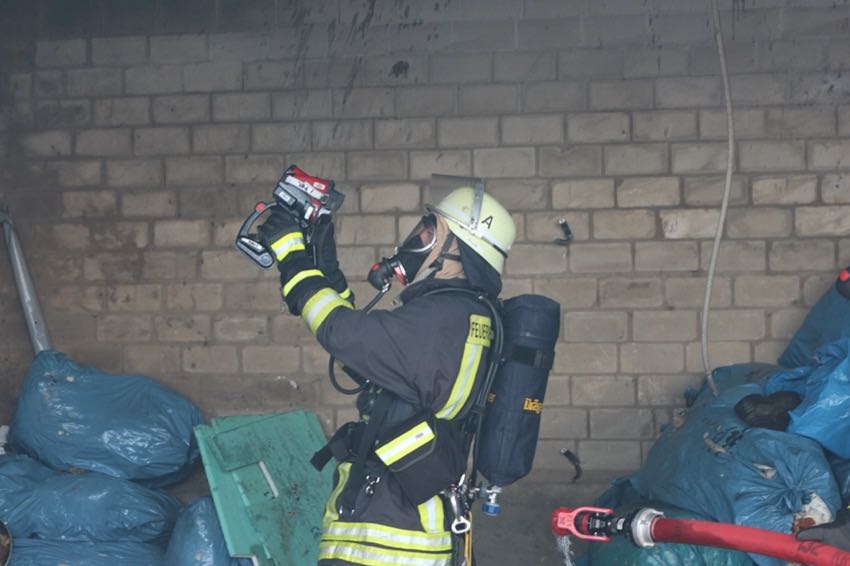In the wake of a hurricane (pick one), you often hear about the use of thermal imagers. Using thermal imagers in disaster recovery consistently remains popular as a mechanism for search and rescue as well as troubleshooting. These tools can help people move back into their homes and businesses sooner after major disasters.
While strong storms can cause obvious flooding and structural damage, they can also end up creating hidden damage. They can force water into hidden nooks and crannies all over your home or office. This might result in the growth of mold in areas you had no idea even sustained damage.
Thermal Imagers in Disaster Recovery
Thermal imaging cameras from companies like FLIR, Fluke, Bullard, DeWalt, Milwaukee, and others make pictures from tiny differences in heat. They can literally “see” invisible areas of moisture and water damage. This gives homeowners and contractors the information they need to clean up faster and more thoroughly following a disaster. There are even basic thermal imaging systems like the Milwaukee M12 thermal imager (2260-22) and the FLIR C5 thermal imager that hit new, lower price points. This works really well for those looking for more entry-level access to the technology.
The problem with water damage, in particular, is that it can just hide out in corners. It can also move up the walls and creep from one floor to the next. And it can be really tough to know when you finally have it dry.
A thermal camera works as a vital tool in water damage restoration. It can really serve as a dramatic time and money-saver. Beyond letting you see where there is moisture hidden in the walls and floors, the camera saves pictures. That lets you tell if things are drying out as they should. What’s more, a thermal camera can also find damaged insulation, air leaks, and electrical problems. All of this makes them even more valuable as disaster recovery tools.
Thermal Imaging for Detecting Water Damage
In the thermal image attached to this release, provided by FLIR, the areas suffering from water damage show up clearly as purple shades, making it easy for anyone to locate water damage and assess their clean-up efforts.

These Tools Continue to Become More Accessible
The prices of thermal imagers have come down in recent years, making them affordable to more and more professionals. You can even rent cameras at various home improvement warehouses like The Home Depot. In any case, don’t be surprised if you stumble across these tools on the job site of a post-hurricane, tornado, or storm recovery effort. Of course, they’re also handy for much less tragic and devastating uses as well!



